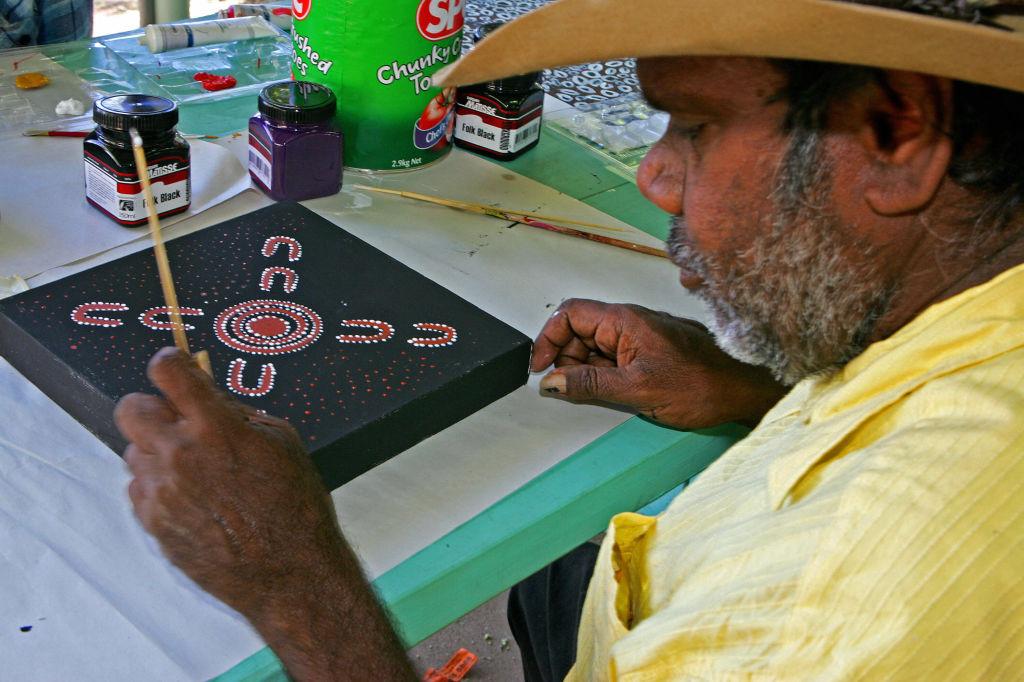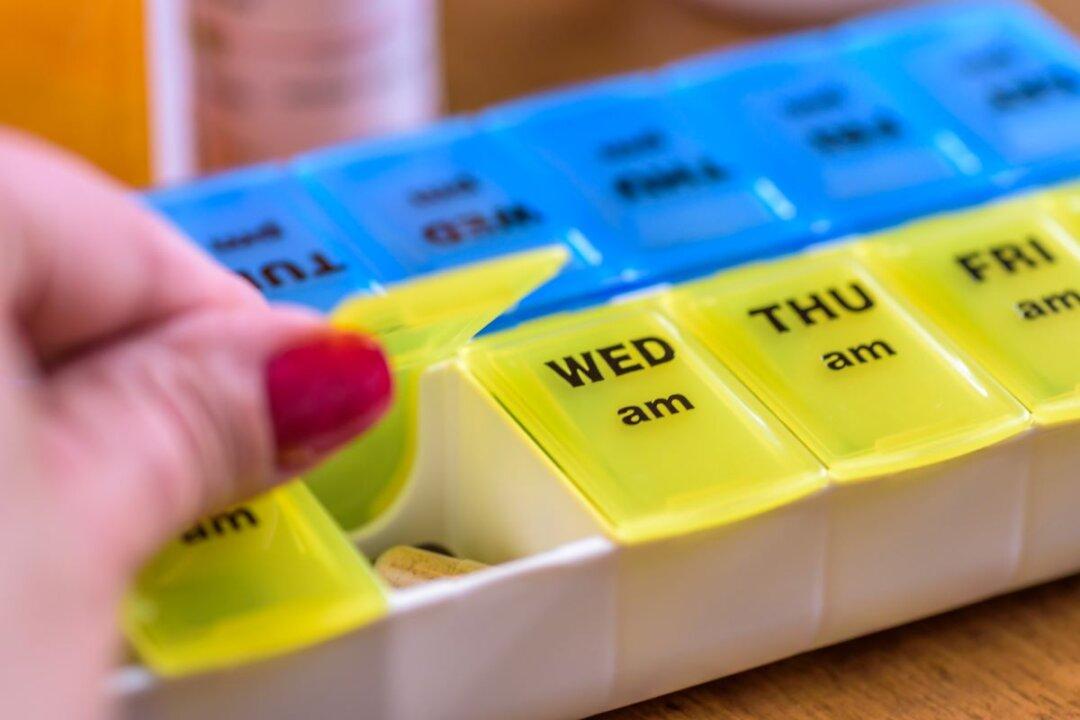Visual arts and crafts have been an integral part of Australian Aboriginal and Torres Strait Islander culture for tens of thousands of years, and while in recent years, this has grown into a significant industry, providing income for artists and creating opportunities for Indigenous communities, fake Indigenous art is undermining these benefits and new measures are needed to address the problem, according to a new draft report.
The Australian Productivity Commission’s Aboriginal and Torres Strait Islander Visual Arts and Crafts draft report—released on Tuesday— states that Indigenous-style consumer products not created by Indigenous Australians are a widespread and longstanding problem.





